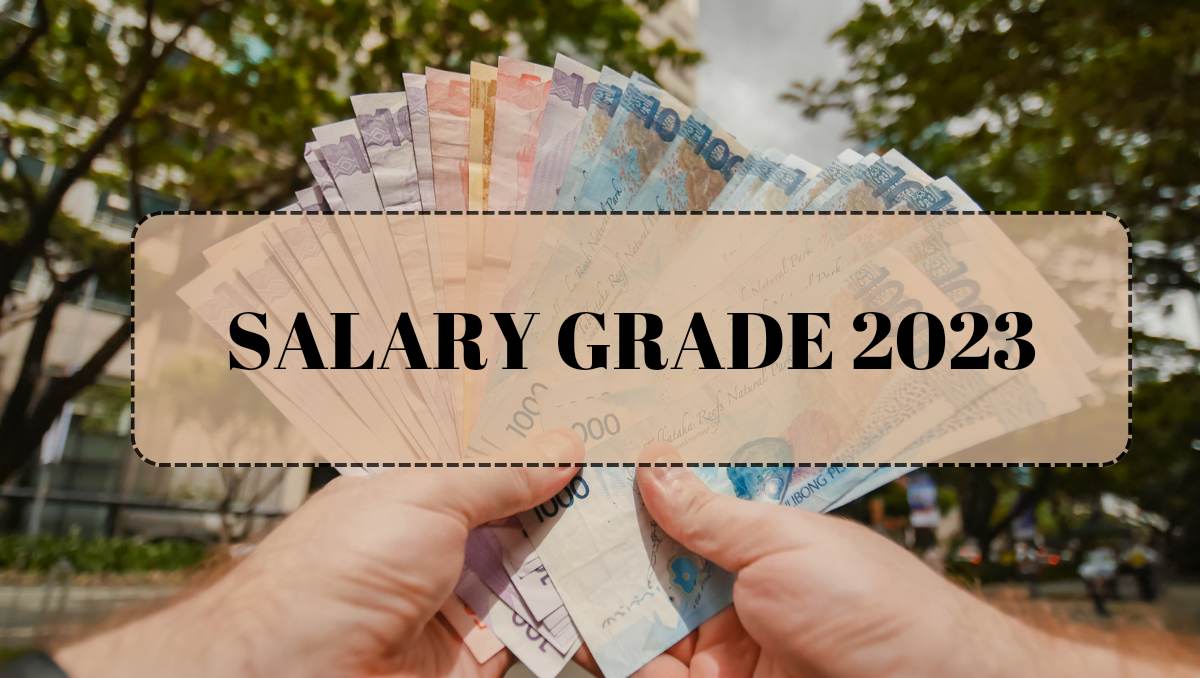The role of teachers in shaping the future of our country is undeniable. Teachers play a critical role in shaping the minds of our youth, and their hard work and dedication are essential to our nation’s growth and development. While there is no doubt that the salary of teachers in the Philippines has been a long-standing issue, we can also look at the bright side.
Despite the challenges that teachers face, many of them remain optimistic about their profession. They continue to inspire and motivate their students, knowing that their work is making a difference in society. As the saying goes, teaching is one of the noblest professions in the world.
Teacher Salary Philippines
The average salary of teachers in the Philippines varies depending on their level of experience, qualifications, and location. According to the Department of Education, the starting salary of a teacher with a Bachelor’s degree is around Php 27,000 per month. However, this can increase up to Php 29, 075 depending on the teacher’s rank and years of experience.
| Position with corresponding Salary Grade | 2023 (4th tranche) |
| Teacher I Salary Grade 11 | 27,000 |
| Teacher II Salary Grade 12 | 29,165 |
| Teacher III Salary Grade 13 | 31,320 |
| Master Teacher I Salary Grade 18 | 46,725 |
| Master Teacher II Salary Grade 19 | 51,357 |
| Master Teacher III Salary Grade 20 | 57,347 |
| Master Teacher IV Salary Grade 21 | 63,997 |
For the Complete details of each Salary Grade, you can refer to the Salary Grade 2023 Table.
While teachers in the Philippines may not be among the most highly paid professionals, they receive a range of benefits that help compensate for their relatively low salaries. For instance, teachers are entitled to 13th-month pay, cash allowances, and bonuses that provide additional income. They also enjoy job security, health benefits, and opportunities for career advancement.
Salary Grade for other Positions
| Positions | Salary Grade |
| Education Program Specialist I | 12 |
| Education Program Specialist II | 16 |
| Education Research Assistant I | 9 |
| Education Research Assistant II | 10 |
| Education Supervisor I | 21 |
| Education Supervisor II | 22 |
| Education Supervisor III | 22 |
| Elementary School Principal I | 19 |
| Elementary School Principal II | 20 |
| Elementary School Principal III | 21 |
| Elementary School Principal IV | 22 |
| Head Teacher I | 14 |
| Head Teacher II | 15 |
| Head Teacher III | 16 |
| Head Teacher IV | 17 |
| Head Teacher V | 18 |
| Head Teacher VI | 19 |
| Health Education and Promotion Adviser | 22 |
| Health Education and Promotion Officer I | 10 |
| Health Education and Promotion Officer II | 14 |
| Health Education and Promotion Officer III | 18 |
| Health Education and Promotion Officer IV | 22 |
| Health Education and Promotion Officer V | 24 |
| Science Education Specialist I | 16 |
| Science Education Associate II | 14 |
| Science Education Specialist III | 20 |
| Science Education Specialist IV | 22 |
| Science Education Specialist V | 24 |
| Special School Principal I | 18 |
| Special School Principal II | 19 |
| Special Science Teacher I | 13 |
| Special Science Teacher II | 16 |
| Special Science Teacher III | 19 |
| Special Science Teacher IV | 22 |
| Special Science Teacher V | 24 |
| Special Education Teacher I | 13 |
| Special Education Teacher II | 14 |
| Special Education Teacher III | 15 |
| Special Education Teacher IV | 16 |
| Special Education Teacher V | 17 |
| Teacher Credential Evaluator I | 13 |
| Teacher Credential Evaluator II | 15 |
| Teacher Credential Evaluator III | 18 |
| Teachers Camp Superintendent | 24 |
| Teaching Aids Specialist | 11 |
In conclusion, the salary of teachers in the Philippines may not be as high as in other professions, but teaching is more than just a job – it’s a vocation that provides opportunities for personal and professional growth, as well as the chance to make a difference in the world. With the right attitude, passion, and dedication, teaching can be one of the most rewarding and fulfilling careers you can pursue.

